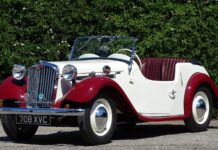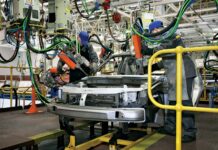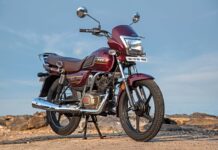Some parents have the fortune of buying an automobile that will increase in fees because they skip. At the same time, other potential classics wind up being taken into consideration by elderly beaters. If you’ve been using the Equal car for some time, you’re probably questioning the probability that your vehicle becomes more precious with age. Maybe at some point, it can even gain the reputation of being a conventional car! Why do little automobiles attain the “traditional” popularity of their old age when other antique vehicles are considered junk?
Multiple factors can affect whether or not a vehicle will become a classic because it a while or will sincerely be reasonably-priced undesirable transportation. However, the qualification isn’t based totally on an unmarried factor on my own. The three-number-one factors are reputation, rarity, and first-rate.
To become a traditional vehicle, a model wishes to be praised and favored — and is still over the years. Higher calls will boom the price human beings are willing to pay for the car, especially if the handiest a set quantity is to be had after manufacturing ceases. Most of the time, those in-demand motors are luxury or performance models. Economy vehicles might be popular and iininmand bu,t their manufacturing amount and MSRP don’t contribute to their rarity. Low-first-class motors hardly ever become classics until they seem like a novelty or rare collector’s item.
Not all high-stop vehicles will see their Kelley Blue Book value boom as it ages and becomes rarer. That’s because its reputation isn’t excessive. The Chrysler Crossfire, for example, nonetheless has a meager resale cost, thinking of its low manufacturing quantities, luxurious importance, and unique charge tag. Suppose you must make certain you buy a vehicle destined to grow in cost by becoming a classic model. In that case, your great wager is to pick a confined-production version of a luxury or overall performance version that’s currently popular and has a track document of being in-demand.


























